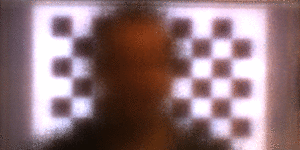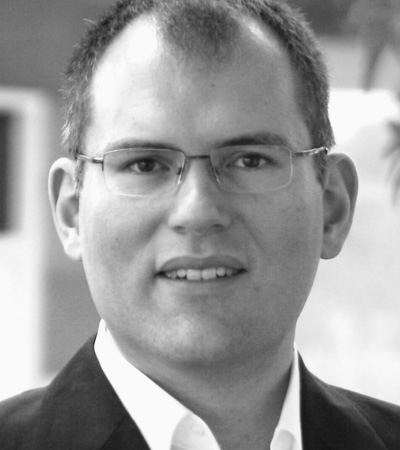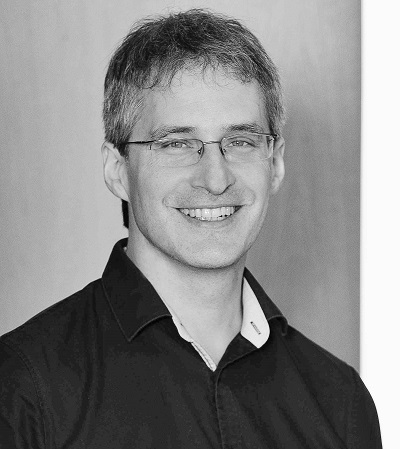A06 | Quantitative Quality Assessment of Computational Photography
Computational photography (CP) has in recent years emerged as a vibrant sub-field within visual computing and has brought forth highly creative techniques, expanding the notion of a camera beyond the traditional model. By combining novel optical designs with algorithmic techniques for image reconstruction, CP techniques provide advantages such as higher image quality (like removal of motion blur) or even post-acquisition control of photographic parameters (e.g., refocusing).
Due to the great variation of imaging approaches, though, quantitative means, which enable direct evaluations of the comparative performance, are largely unavailable to date. In this project, we intend to address this by establishing suitable benchmarks.
Reseach Questions
What scenes can serve as litmus tests for CP techniques?
How can we make them digitally available to the community in efficient ways?
How can we derive predictive performance metrics?

Refocused images, recorded with a household computational camera.
(Alexander Wender, Julian Iseringhausen, Bastian Goldluecke, Martin Fuchs and Matthias B. Hullin. (2015): Light Field Imaging through Household Optics. Vision, Modeling & Visualization).
Publications
- J. Iseringhausen et al., “4D Imaging through Spray-On Optics,” in ACM Transactions on Graphics, 2017, pp. 35:1–35:11. doi: 10.1145/3072959.3073589.
FOR SCIENTISTS
Projects
People
Publications
Graduate School
Equal Opportunity
FOR PUPILS
PRESS AND MEDIA
© SFB-TRR 161 | Quantitative Methods for Visual Computing | 2019.









